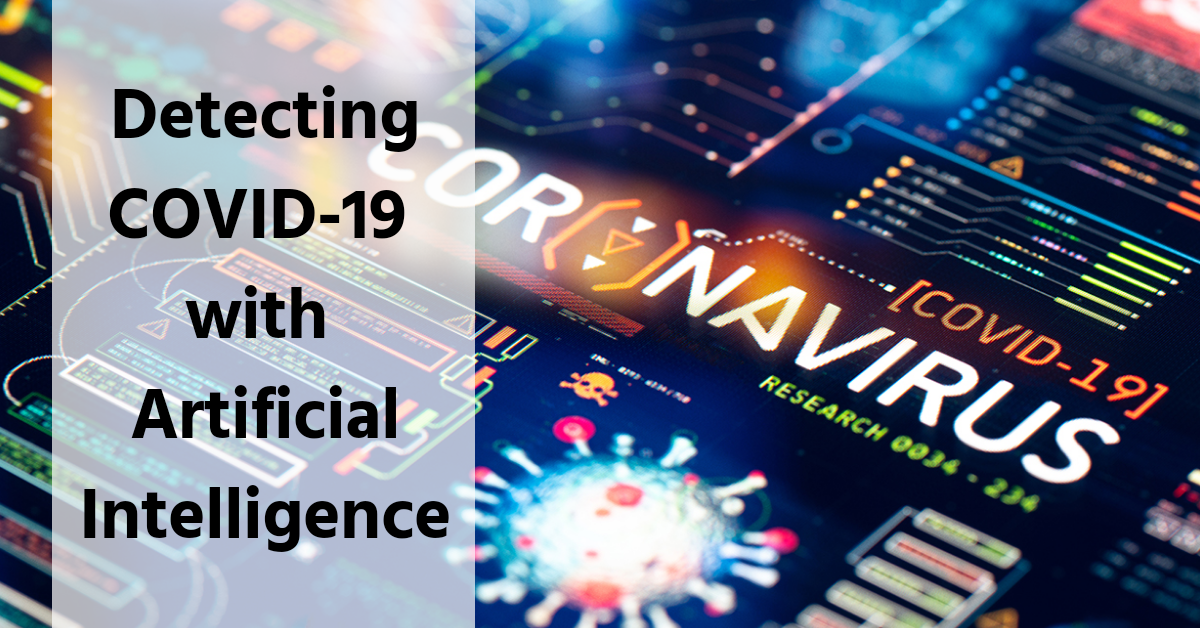DThe spread of COVID-19 is rapidly increasing every hour. This growing worldwide health emergency is threatening lives and also impacting businesses and disrupting travel round the world.
Just how the COVID-19 coronavirus will affect the way we live and it is unclear because it’s a completely unique disease spreading around the world for the first time, but it appears that AI may help fight the virus and its economic impact.
A World Health Organization report released last month said that AI and large data are a key part of the response to the disease in China. Here are some ways people are turning to machine learning solutions especially to detect, or fight against, the COVID-19 coronavirus.
Voice-Based Application
Such type of invention developed using AI will help in determining whether an individual is infected with coronavirus by examining the sound of their voice, the way they speak and breathe.
The concept behind the same is that voice production mechanism is so complex and dependent on cognitive abilities, any factor or virus that affects a human body will reflect in the human voice. The difference between the voice of an infected person and a normal person can be in micro signatures. Such a difference is not audible to the normal or untrained listeners.
Three biotechnology students and a professor from Mumbai have developed an artificial intelligence-based tool that can test COVID-19 through voice-based diagnosis using a smartphone. 300 individuals have already been tested by the application. This Indian voice-based diagnosis tool through an app is fully functional and currently being used in Italy to identify COVID-19 patients with 98% accuracy.
Disinfecting robots
The disinfecting robots roam around health care facilities spreading UV light to disinfect rooms contaminated with viruses or bacteria.
UC Berkeley robotics lab director and DexNet creator Ken Goldberg predicts that if the coronavirus becomes an epidemic, healthcare sectors are going to need more robots in additional environments.
A COVID-19 pandemic could accelerate the adoption of teleconferencing and telerobotics starting in hospitals, and for robots for warehouses, delivery, food preparation, and manufacturing.
Robotic solutions will limit the exposure of medical staff to infected patients. The robot deploys no biometric or temperature analysis sensors, It just asks questions during a screening, like “Do you’ve got a cough?” It also requires people to touch a screen to register a response.
Fever Detection
One way AI detects coronavirus is with cameras equipped with thermal sensors.
A Singapore hospital and public clinic are performing real-time temperature checks, because of startup KroniKare, with a smartphone and thermal sensor.
A Chinese-tech company Baidu approach combines computer vision and infrared to detect the forehead temperature of up to 200 people a moment within a variety of 0.5 degrees Centigrade. The system alerts authorities if it detects an individual with a temperature above 37.3 degrees Centigrade since fever may be a tell-tale sign of coronavirus. The drones are capable of not only thermal sensing but also spraying disinfectant and patrolling public places.
The Indian government has also launched the mobile-based contact tracing Aarogya Setu app that lets users take a test by answering a series of questions and use location data to determine the level of risk of being exposed to COVID-19.
